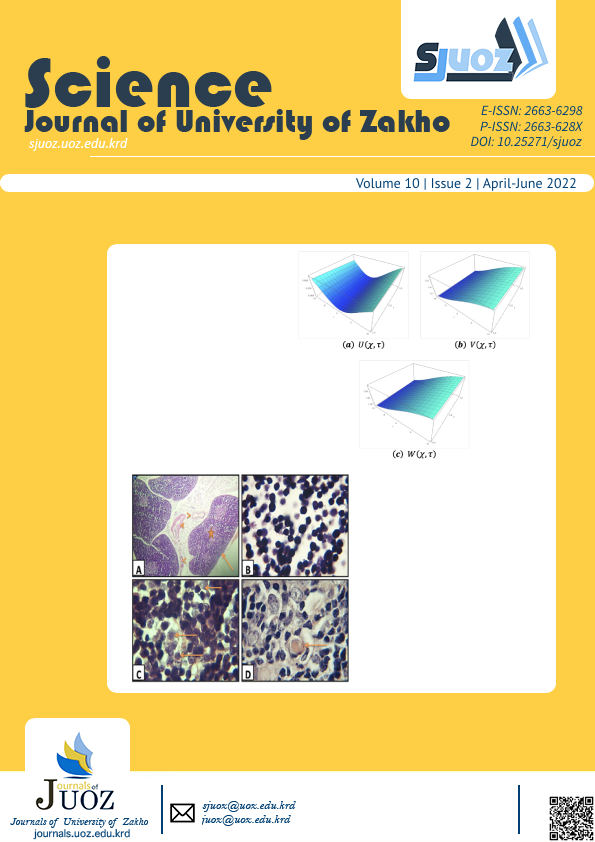Sumudu-Decomposition Method to Solve Generalized Hirota-Satsuma Coupled Kdv System
Abstract
In this work, we take Adomian Decomposition Method (ADM) and combine it with Sumudu Transform method (STM). This connection between the two methods is called Sumudu-Decomposition Method (SDM), then use it to solve generalized Hirota-Satsuma Coupled kdv (H-SC kdv) systems and also we applied the STM, to find the approximate solutions of system one. Then we compare the approximate solutions of the two way with exact solitary solutions. Clarifying the best way through tables and drawings, then discussing the reason for the changes taking place in the roads and which one is closest to the exact solution.
Full text article
Authors
Copyright (c) 2022 Shrooq Mohammed Azzo, Saad A. Manaa

This work is licensed under a Creative Commons Attribution 4.0 International License.
Authors who publish with this journal agree to the following terms:
- Authors retain copyright and grant the journal right of first publication with the work simultaneously licensed under a Creative Commons Attribution License [CC BY-NC-SA 4.0] that allows others to share the work with an acknowledgment of the work's authorship and initial publication in this journal.
- Authors are able to enter into separate, additional contractual arrangements for the non-exclusive distribution of the journal's published version of the work, with an acknowledgment of its initial publication in this journal.
- Authors are permitted and encouraged to post their work online.
